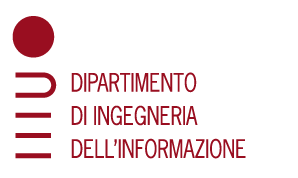Data analysis, learning and control for biology and medicine
Submitted by zennaro2 on
We develop methodological tools, algorithms and software to analyze data and vital signals reflecting individual health and to exploit them with learning techniques to improve patient therapy, possibly creating real-time feedback mechanisms. Tools are personalized, adaptive, proactive and equipped with intelligent self-diagnostic functions. Models to predict and prevent the incidence of new diseases or medical complications are also investigated.






